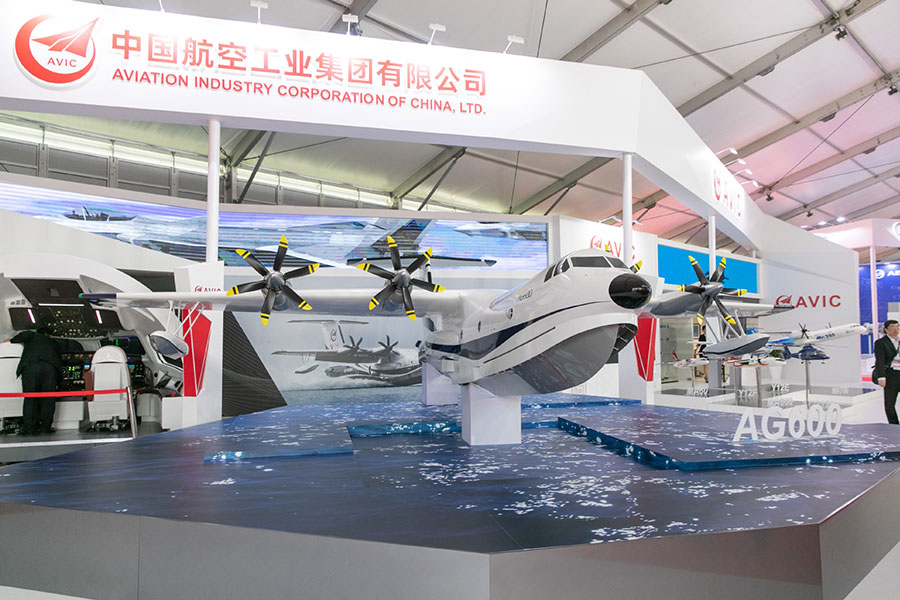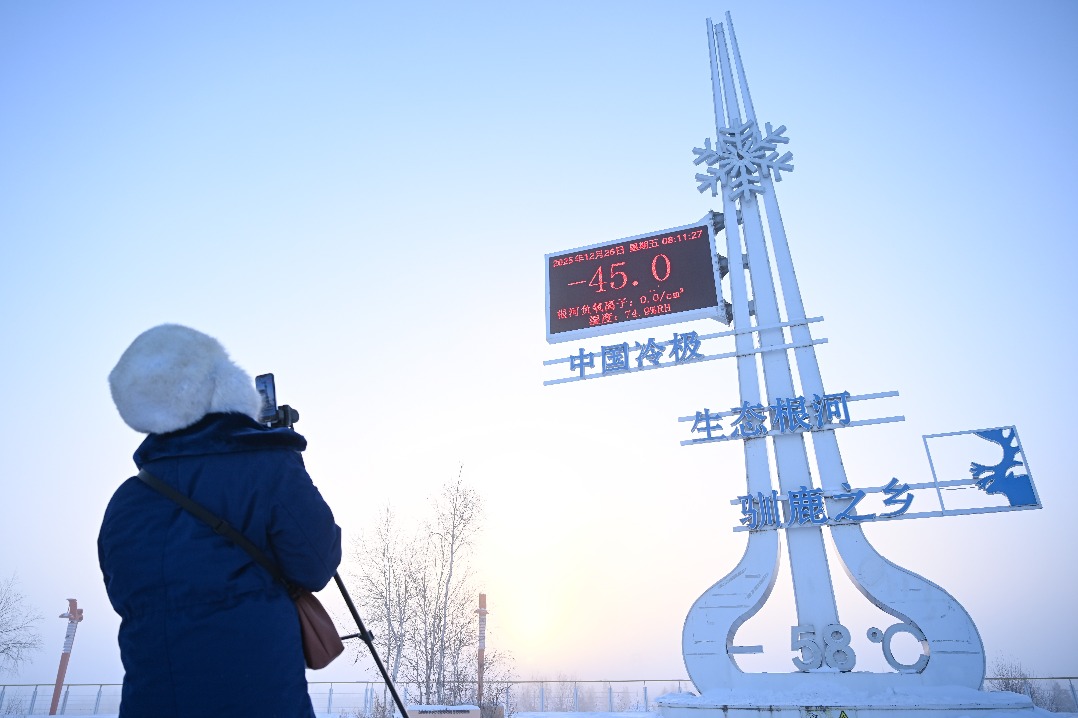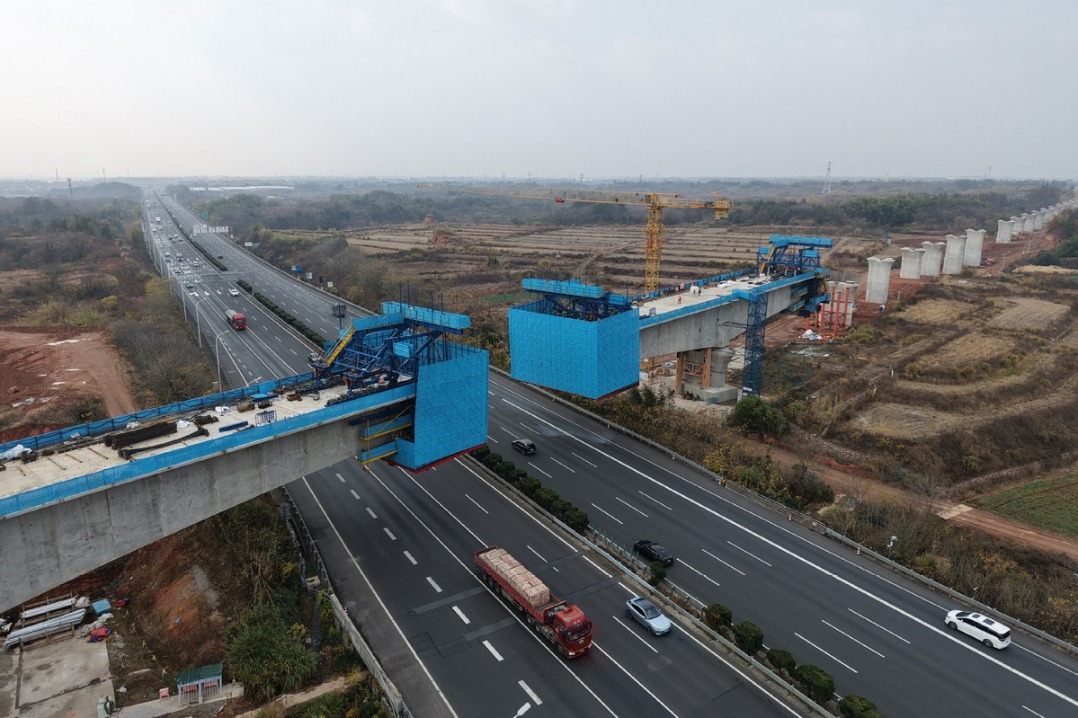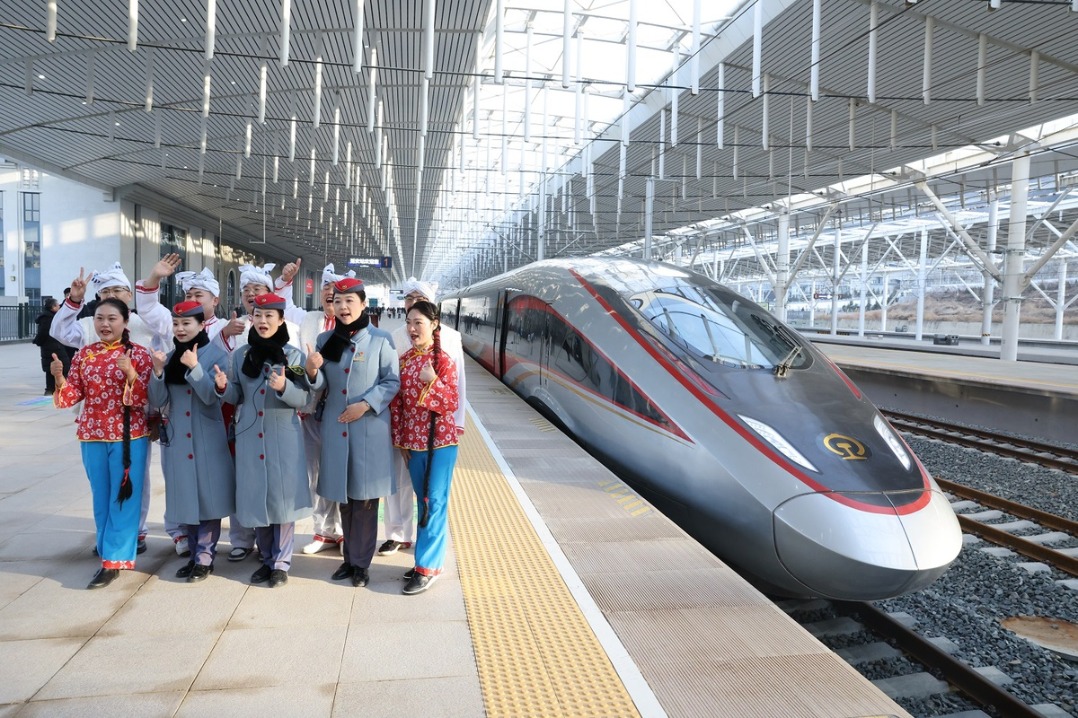China joins race to perfect planes that can fly into space


The concept of aerospace planes has been around since the 1980s.
Fuelled by the technological boom of the Cold War, the vehicles are two-part planes that initially take payloads into the sky like conventional planes before a second compartment breaks off and flies into orbit.
Convenient and reusable sub-orbital space flight was a dream of NASA, which it dubbed the Rockwell Project and which it finally laid to rest in 1993. However, countries around the world, including the United States, are still investing heavily in aerospace planes, not in the least because they have the potential to deliver much heavier payloads into space than the current space shuttles, at, potentially, a fraction of the cost.
China announced last month that it had made breakthroughs in developing such two-part aerospace planes, via successful wind-tunnel experiments.
Wind tunnels are used to simulate how the aircraft react to flight by projecting air around the craft and creating the illusion that the object itself is flying.
The experiments simulate the aerodynamic environment of a launch at extremely high speeds and the tests in China were able to demonstrate that a Chinese craft stayed safely on its trajectory, according to the China Academy of Aerospace Aerodynamics.
The escape velocity, which is the speed required to escape the gravitational pull of the earth, is 11.2 kilometers per second, which means these vehicles move extremely quickly.
Of the space planes being developed, the Boeing X-37, which is operated by the United States Air Force, is still leading the field, having completed five orbital missions and having demonstrated that reusable space technology is the next stage in humanity's path of interstellar innovation.
Such aircraft launch from an airport, just like any other conventional plane, which is significantly safer than a rocket launch. Rocket launches, in the event of a catastrophe, are not only dangerous for the crew, but also for surrounding bystanders on the ground.
In 1960, a Soviet rocket launch accident killed more than 160 people on the ground, including several high-ranking Russian space officials. At NASA's Kennedy Space Center, there have also been incidents in which workers have been killed during launch preparations.
This concept of both taking off and landing as a conventional plane but of using that platform to leap into space is an exciting one for space researchers, not in the least because of the efficiency of aerospace economics, which means more scientific experiments can be carried out in space, potentially leading to medical breakthroughs.
Several months ago, researchers discovered that zero-gravity conditions kill certain types of cancer cells, however the cost of sending just a small box of cells into space, weighing less than a kilo, would run to tens of thousands of dollars.
If this exciting new technology progresses, the science sector will not be the only sector to benefit. Space tourism could also be part of the future.
Countries including China, the US, and Russia all have their own aerospace programs, in which they seek not only to further their knowledge of science and the cosmos, but to maintain national security and defense.
It is vital, going forward, that these programs are safe and do not cut any corners. Space flight is inherently dangerous, and the cosmos is akin to the dangerous seas and oceans that our ancestors first attempted to navigate with stone age technology.
The NASA Challenger disaster, in which seven astronauts lost their lives, is a reminder that we are in our infancy in the field. The ensuing report on the disaster stated that engineers urged a delay in the launch a day before the incident because of concerns over the ability of the seals that ended up failing to withstand the unusually cold temperatures at the time of the launch. Their advice was not heeded because of various pressures.
Moving forward is exciting, but we must ensure that the humanity we seek to enrich by pushing the limits is also preserved in the process.
- Liaoning fire: Report urges legal action against restaurant operator and seven others
- Historical Han Dynasty slips go on display in Hohhot
- Shanghai unveils steps to build sci-tech innovation corridor in Yangtze River Delta
- Xiangchao concludes with Yongzhou claiming championship
- Answers
- CPC leadership meeting urges steadfast implementation of eight-point decision on improving conduct





































